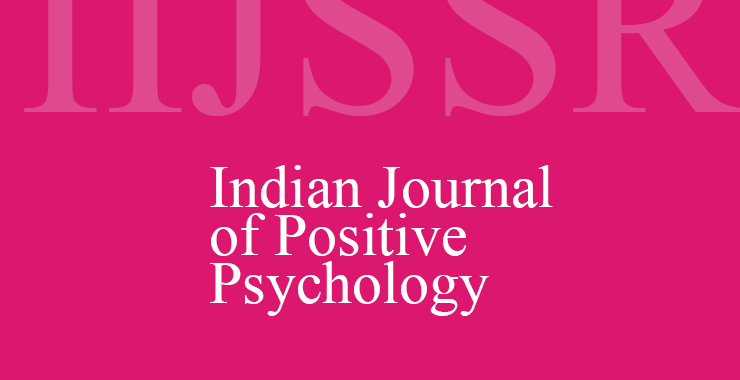Predicting Spiritual Intelligence and Moral Intelligence Based on Islamic Lifestyle (Case Study: Teachers in South Rudbar City)
Original price was: ₹ 201.00.₹ 200.00Current price is: ₹ 200.00.
Page: 196-202
Mosa Kahvand1 and Morteza Keshavarz2 (Department of Psychology, Arsanjan Branch, Islamic Azad University, Arsanjan, Iran1 and Department of Islamic Studies, Arsanjan Branch, Islamic Azad University, Arsanjan, Iran2)
Description
Page: 196-202
Mosa Kahvand1 and Morteza Keshavarz2 (Department of Psychology, Arsanjan Branch, Islamic Azad University, Arsanjan, Iran1 and Department of Islamic Studies, Arsanjan Branch, Islamic Azad University, Arsanjan, Iran2)
The present study aimed to predict spiritual intelligence and moral intelligence based on Islamic lifestyle (case study: teachers in the city of Rudbar South) in 2023. The statistical population included 1206 high school teachers in the city of Rudbar South in the academic year 2022-2023. To select the sample, 291 people were selected and tested using the stratified random sampling method and the Krejcie and Morgan (1970) table. Then, the sample individuals completed the Islamic lifestyle, spiritual intelligence, and moral intelligence questionnaires. In the analysis process, the information obtained from the Pearson correlation test was analyzed to examine the relationship between variables and the simultaneous multivariate regression test to predict the criterion variable by the predictor variables, using SPSS version 24 software. The results showed that based on the Islamic lifestyle variable, the components (social, devotional, moral, financial, family, security-defense, & chronology) were able to positively predict spiritual intelligence in teachers at a significance level of 0.01 and 0.05, explaining a variance of 0.378, equivalent to 38%. Based on the Islamic lifestyle variable, the components (beliefs, worship, ethics, finance, family, chronology) were able to positively correlate at a significant level of 0.01 and 0.05 with a variance explanation of 0.347, equivalent to 35% of the moral intelligence variable predicting teachers.

